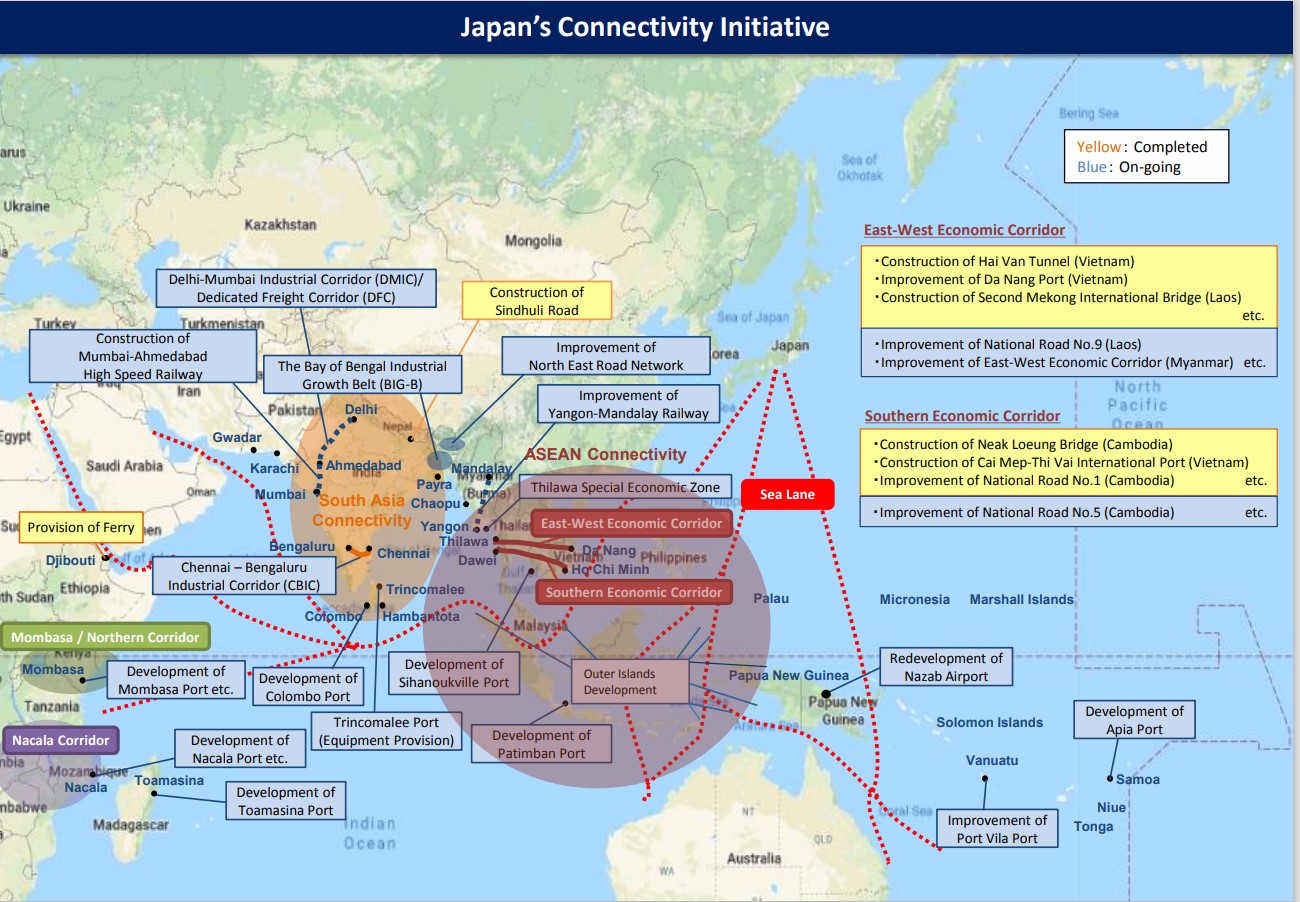By Suzuka YOSHIDA
On 10 March, Kingdom of Saudi Arabia and Islamic Republic of Iran agreed to normalize relations. A country that has claimed to be an ally of the United States and a country that has been hostile to the United States have decided to reopen their embassies within the next two months, overcoming their antagonism. China was the mediator.
In a resolution passed at the United Nations General Assembly on 23 February 2023, seven countries, namely Russia, Belarus, North Korea, Eritrea, Mali, Nicaragua, and Syria, opposed a resolution that condemned Russia’s aggression against Ukraine and demanded its immediate withdrawal from Ukraine. 32 countries, including India, Iran and South Africa, abstained.
It was adopted because 141 countries supported it, but nearly 22 per cent of the total did not agree with the anti-Russian policy. They did not agree with US. The International Community realized the emergence of developing countries against the will of politically powerful countries. Let’s call this “the rise of the Global South”.
China and India Leading the International Community Beyond the OECD Framework
The rise of the Global South has demonstrated the ability of countries traditionally viewed as subordinate beneficiaries to mediate dispute resolution. Traditionally, the Global South was referred to countries/communities that were economically unstable due to the globalization of capitalism. There are many people in every country who live in poverty, but some countries in the world are far worse than the situation in the industrialized countries. “The Global South” is a word that has been used to encourage assistance. Due to this reason, a great deal of assistance was mobilized to China, which is a typical example, from OECD (Organization for Economic Co-operation and Development) countries including Japan. The view of the Global South solely as a recipient of aid is still expressed by the president of the World Bank. (For instance, see the World Bank press release, 22 December 2022).
Economic power, population, and geopolitics create voice
Until now, the Global South has been placed in the framework of donor countries and aid recipient countries, and they have been under implicit pressure to support resolutions proposed by the United States and other OECD countries when making decisions in the international community. To put it bluntly, there was a relationship of upper-and-lower, if I may say so. It can be said that the OECD countries are within the territory centred on the United States, but since a subordinate country that is not a member of the United States has emerged, the OECD member countries may have been a little flustered. In particular, China, which the United States sees as a rival, may have been frustrated because it demonstrated its diplomatic power in the Middle East, which the United States had relinquished. Originally, China’s economic development was one of the results of aid attracting trade and investment. It should be great that the Global South is transforming to a group of nations with independent agendas from nations that have suffered from economic instability such as the globalization of capitalism.
Connectivity on trade is needed, No military alliance
India and China, as leaders of the Global South, have formed a third pole in the international community, with the world’s first and second largest populations and rapidly growing economic power. As a major consumer of oil, gas and daily necessities, and a provider of labour, it can also exert influence in business between countries.
In particular, India is currently the world’s most populous country, and this trend is expected to continue for the next 20 to 30 years. In addition, because India faces the Indian Ocean, which is the route of world trade and logistics, it is also a major power that can make effective use of its trade connectivity. Although they do not form military alliances, their geopolitical advantages add value.
However, not all countries in the Global South can be like China and India. There are differences in economic strength even within the Global South. Is it possible to grow by creating a group (economic partnership) only in the Global South? It’s almost impossible. Reasons are follows;
No other mechanism but China to provide first money for economic growth,
Law purchasing power parity so far,
Difficulty to make large investments,
A similar trend of providing labor,
Therefore, they cannot form a complementary relationship. Countries of the Global South absolutely need to have connectivity with the developed countries. Even if the United States requests the Global South to follow her confrontation approach to China and Russia, they cannot agree on economic or military power. No military alliance but connectivity on trade is needed for the Global South.
Myanmar can build its own “Free and Open Indo-Pacific”
Prime Minister Kishida visited Prime Minister of India Mr Modi and once again insisted on strengthening relations based on the “Free and Open Indo-Pacific (FOIP) “ initiative. This initiative is a rare framework that was initiated by Japan and promoted together with the United States. Prime Minister Kishida announced that by 2030, more than $75 billion will be invested by the public and private sectors to support infrastructure in the Indo-Pacific region. It is completely unclear whether Japan has such surplus funds, but you can feel the enthusiasm.
However, looking at the map of the Indochina Peninsula in the concept paper, you may have some ideas to compliment “Free and Open Indo-Pacific (FOIP) “. What if a canal were built on the Indochina Peninsula, which separates the Indian and Pacific oceans? There will be a major change in the National Defence and logistics next to the Suez Canal and the Panama Canal. The world’s oceans will be connected in a straight line, enabling the smooth transport of trade goods that have reached the coast of the Indian Ocean to the Pacific Ocean.
Some people may think that such a big change will provoke China who is aiming to be an owner and leader of oceans.
If so, I would like to propose an idea to the Myanmar government. Myanmar can build canals in cooperation with countries of the Middle East having plenty investment money. The Myanmar government can contribute to build perfect “free and open Asia-Pacific”. Myanmar will also become one of leaders of the Global South. You do not have to wait for Japanese fund any more.
Source:
https://www.worldbank.org/en/news/press-release/2022/12/06/debt-service-payments-put-biggest-squeeze-on-poor-countries-since-2000
https://www.youtube.com/watch?v=HnqjGNu6yZo Free and Open Indo-Pacific (FOIP)
https://www.mofa.go.jp/mofaj/files/000430632.pdf














